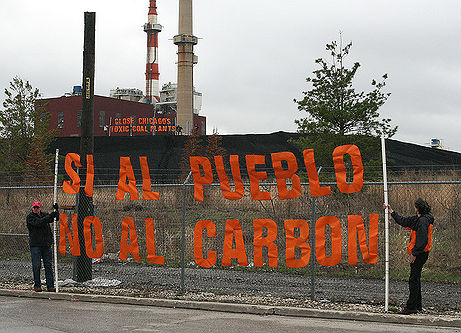UC Berkeley and Gridlab have published a new report that challenges previous plans to decarbonize the grid. With the latest renewable energy and battery prices, the US can reach 90% clean electricity by 2035, compared to 2050, by installing 70 GW of new renewable energy infrastructure each year. If the accelerated timeline wasn’t already good enough, it also won’t cost consumers more money.
The report outlines a future where all coal plants are retired by 2035, as well as no new natural gas plants. Integrating battery storage with existing hydropower, nuclear, and natural gas will enable this transition. Energy from wind, solar, and batteries would provide 70% of annual generation, and hydropower and nuclear would provide the remaining 20%. As a result, electricity would be cheaper.
The current price of renewable energy and batteries will spur innovation in the sector. Innovation will leader to more efficiency and optimization of technology and resources. We are likely to see enhancements to the entire energy pipeline, from generation to distribution. So far in 2020, we have seen growth in battery storage, for instance Form Energy’s 150 MWh battery.
Now, before we celebrate, we must also be aware that policy is still needed to reach these goals. Energy Innovation published a piece that outlines these policies. A federal clean electricity standard followed by policy reforms would support the ambitious goals. If all goes according to plan, we would reduce economy-wide emissions by 27%. And the cherry on top of all of this is that we would see an increase of at least 500,000 jobs each year.
About The Author

Daniel currently works at Lawrence Livermore National Laboratory. His original assignment was to maintain and update facility safety documentation for all facilities on-site, and perform risk analysis. Over time, his role has expanded to leading continuous improvement efforts through product management.
Concurrently, Daniel volunteers with Techstars, helping organize startup weekends, and with the American Institute of Chemical Engineers, organizing events on the local and national levels of the organization. He also volunteers with One World, and previously with Powerhouse Ventures, to source and screen startups for potential investment.
Daniel holds a BS in Chemical Engineering from UC Davis, and recently completed coursework in energy innovation from Stanford. His passion is at the intersection of sustainability, innovation, and business.

